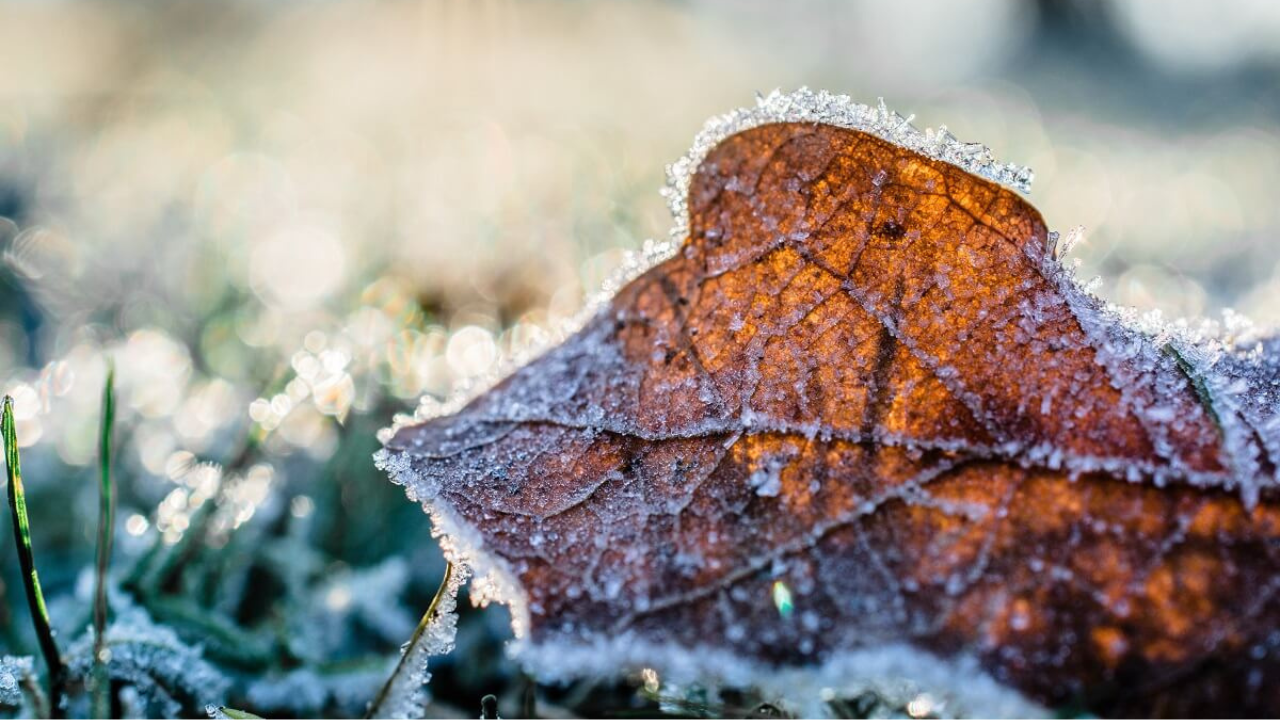Gardening jobs for January: 10 tasks that will give you a head start on your outside space
Start off 2024 in the best way possible with these gardening tasks


The start of a new year can bring a variety of new beginnings. Whether you're hoping to start a new hobby or even stick to one you started in 2023, it's a great opportunity to gain a new perspective and start prioritising the things you enjoy. I'd start sharing all the things I want to accomplish in 2024, but we'd be here all day!
However, one of my main projects this year is to start putting more effort and commitment into my outside space. After moving house last August, the rush of relocating to a new city alongside a busy few months at work has seen it become rather neglected. To try and combat this, I'm going to share the list of garden maintenance tasks I'll be completing during each month of 2024. Not only will it get me outside with my gardening gloves on, but it'll hopefully encourage you to get motivated as well.
To start January off in the best way possible, I've spoken to Craig Wilson, Co-founder, Director and in-house gardening expert at Gardeners Dream. Craig shared with me his expert advice on January gardening, and the perfect jobs to complete whilst there's still a chill in the air.
Before you find out what Craig's top 10 tips are, do you know the 10 essentials every gardener should have in their tool kit? It's a good place to start after all...
Garden maintenance
1. Shred your Christmas tree and use it for mulch
Come January you may find yourself with a Christmas tree that you need to dispose of. However, before leaving it for your local bin removal service to collect, you should consider repurposing it. You can turn it into mulch and use it to help protect your existing plants for the remainder of winter.
If you have access to a garden shredder, then cut the branches from your tree and shred them one by one. Spread the sheddings evenly across the base of plants and shrubs to protect the soil and plant roots from the harsh winter temperatures. Don't worry if you don't have a shredder, you can just use the pine needles instead!
2. Check your climbers
Now is a good time to check your climbing plants, ensuring that their supports aren’t damaged and that they are properly secured to them. This will ensure there is no damage to the plant and that your plant will blossom without issues when spring/summer arrives!
Get all the latest news, reviews, deals and buying guides on gorgeous tech, home and active products from the T3 experts
3. Look out for wildlife
We’re still not out of the winter woods, and wildlife will likely still be struggling for food. Birds in particular benefit from extra food in the colder months, so I would recommend setting up bird feeders in your garden and keeping them stocked with seeds and nuts, and making sure water bowls are fresh and don’t freeze over.
Plants and flowers
4. Clear away soggy perennials
If you find you have soggy or collapsed perennial stems, now is a good time to remove them and compost them, to make room for fresh new blooms come summer.
5. Sow sweet peas
You can now sow your sweet peas, preferably in pots. Using a peat-free, multi-purpose potting compost, sow two seeds in each pot. Dampen the compost, and then using your finger, push each seed in 2-3cm below the surface of the compost.
6. Plant deciduous hedges
As long as the ground isn’t frozen, now is the time to plant deciduous hedges. Make sure to soak your plant in water before planting, and then proceed to plant it in a pre-dug trench that is about 3 feet wide and as deep as your spade. Once planted, water well, and mulch!
7. Plant hydrangeas
Hydrangeas are quite versatile in the fact you can plant them at any time of the year, however, between October and April is usually best. Hydrangeas enjoy moist soil, making the wet month of January a good time to plant them.
Make sure the plant is well watered before putting it into the ground and follow with a good layer of mulch.
Fruit and vegetables
8. Prune your fruit trees
If you haven’t already, now is a good time to prune your fruit trees, such as apples and pears. Whilst the plants are still dormant, pruning now leaves little room for error and will help to establish a strong tree structure.
When pruning fruit trees you will need to open up the canopy, removing any crossing, rubbing, or inward-growing branches. This allows for improved light penetration and airflow, both of which are essential for healthy fruit production. Follow this by reducing the length of new growth by about a third to a bud facing the direction you want the branch to grow. This will help to shape the tree and encourage the development of fruiting spurs.
9. Plant your broad beans now for an earlier harvest
February and March are the more popular months to plant broads beans. However, sowing them in January is an option and will allow for an earlier harvest. Sow them in pots and store them in a cold frame or an unheated greenhouse.
Broad beans will germinate within about three weeks, and by six weeks their roots should be established enough to be planted outdoors in well drained soil.
10. Plant bare root fruit trees
Bare root fruit trees such as apples, pears, raspberries, plums and black currants are an ideal job for January.
Once you receive your tree, you want to get it planted almost immediately. Prep for this by digging a deep, wide hole that is large enough to fit the whole root system of the tree. Add compost to the bottom of your hole and then add a firm stake into the hole before positioning your plant just in front of it. Hold the tree in place and fill the hole with a mixture of the soil you previously removed and compost, ensuring to push it down firmly around the roots as you go.
Once you have finished, attach the tree to the stake and water the base of the tree well before following with a layer of mulch.

Lizzie is T3's Home Living Staff Writer, covering the latest in smart home, lifestyle and beauty tech. From skincare gadgets to vacuum cleaners, she's your go-to for trends and top recommendations.
When not writing, Lizzie enjoys mooching around Bath, spending time with loved ones, or testing her review units – often during an enthusiastic cleaning spree!